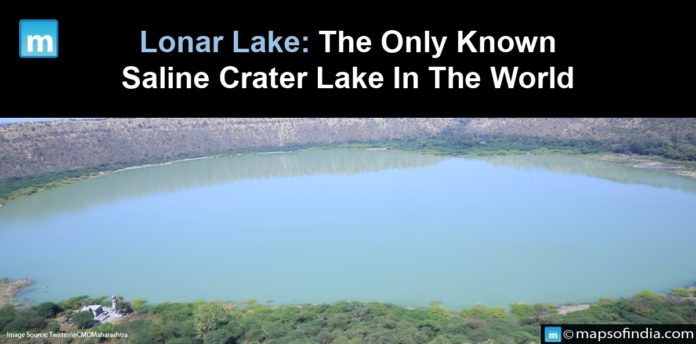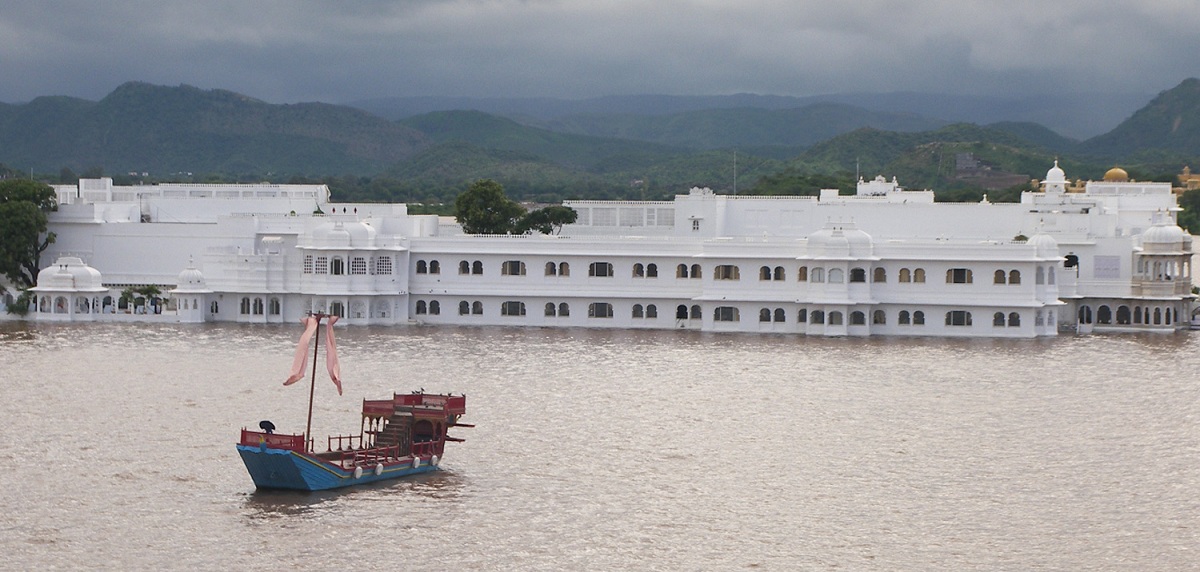Lonar Lake, located in the Indian state of Maharashtra, has long captivated the imaginations of scientists, tourists, and environment enthusiasts. Lonar Lake is unique because it is the world’s only known saline crater lake. This ancient body of water continues to astonish and inspire those who go to its shores with its unique blend of geology, history, and natural beauty.
Geological Origins
Lonar Lake is estimated to be around 50,000 years old. The lake was formed when a meteorite, estimated to weigh about two million tons, hit the Earth at high speed, leaving behind a large crater. This calamity is reported to have produced an explosion equivalent to a 6.5-megaton bomb, changing the landscape instantly. The impact created a one-of-a-kind geological structure known as an impact crater.
Saline Peculiarity
The salty nature of Lonar Lake is what distinguishes it. Unlike most other crater lakes worldwide, which are usually freshwater, Lonar Lake is unique as it contains saline water. The salty qualities of the lake are thought to be the product of its geological origins. High temperatures and pressure forced the underlying rock to melt and mix with the surrounding soil and debris during the meteorite impact. Rainwater slowly filled the crater, draining minerals from the changed rock and turning it saline. Lonar Lake has become a unique and valuable resource for academics investigating saline
Historic and Cultural Importance
Lonar Lake has a long history, and it has been recorded in different books, including the ancient Sanskrit scriptures and the “Ain-i-Akbari,” an authorized account of the reign of Mughal Emperor Akbar. Many local legends and myths are related to the lake, which is prominent in Hindu mythology. The locals frequently see it as a sacred location.
The Lonar temple, dedicated to Lord Kamalaja, is one of the region’s most prominent and revered temples. The temple’s architecture symbolizes the meteorite’s impact on the region, with an uncommon and distinctive stone shikhara (spire).
Biodiversity and Ecological Significance
Despite its unusual saline composition, Lonar Lake is home to a diverse range of flora and fauna. The saline water supports a distinct ecosystem that has evolved to cope with the high salt concentration. In these conditions, various microorganisms, including multiple types of bacteria, thrive. Extremophiles, bacteria capable of surviving in harsh conditions, have also been detected in the lake. These findings are noteworthy for astrobiological studies because they show that life could exist on other celestial worlds with similar conditions.
The lake is also an important migratory bird stopover, making it a birdwatcher’s heaven. During their annual migrations, waterfowl and other bird species fly thousands of kilometers to visit Lonar Lake. Flamingos, herons, and various waders are among the bird species seen here.
Conclusion
Lonar Lake’s unique combination of geological significance, ecological diversity, and historical importance makes it a fascinating tourist destination. From scientists seeking to unlock the secrets of life’s potential in extreme environments to tourists seeking a tranquil retreat, Lonar Lake offers something for everyone. The serene surroundings, with the deep blue lake nestled within the crater, provide an opportunity for peaceful introspection.





